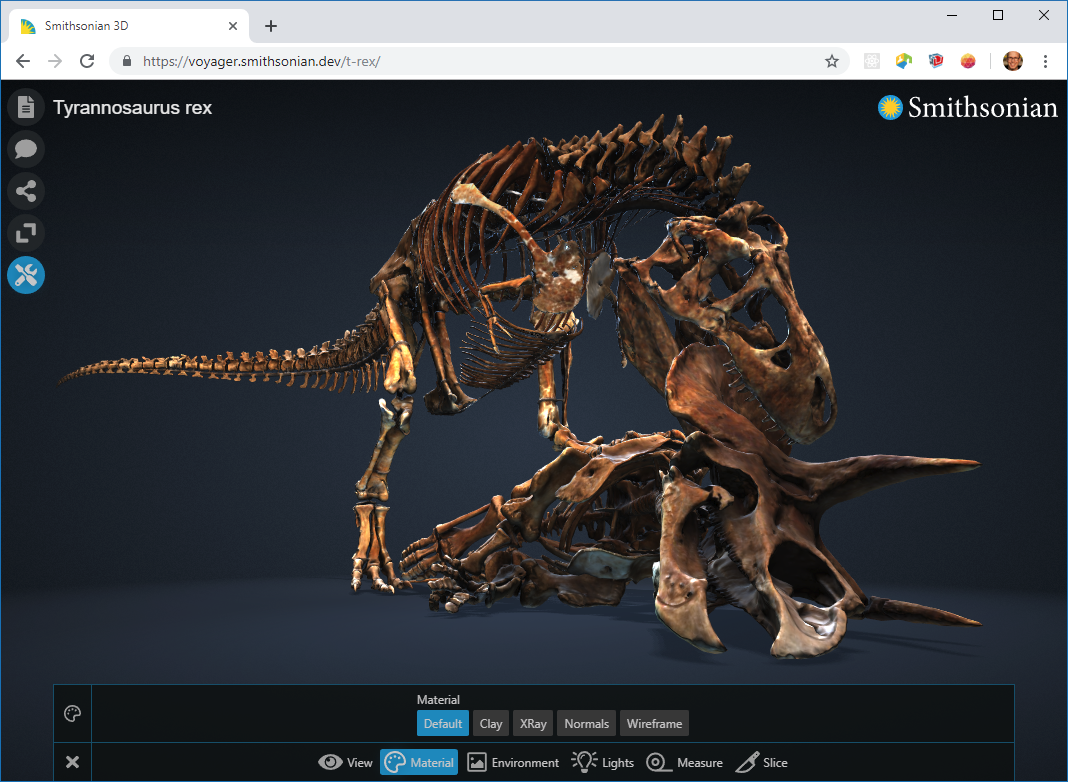Jitte Waagen
Jitte Waagen has been granted a project in the 2023 Open eScience Call with DroneML, a project that seeks to improve the analysis of drone remote sensing data using machine learning approaches. In this project, the 4DRL team will closely collaborate with machine learning experts and software engineers from the eScience center, as well as two other researchers in the field (Wouter Verschoof-van der Vaart of the Nederlands Forensisch Instituut https://www.forensischinstituut.nl/ and Agnes Schneider, PhD at Universiteit Leiden https://www.universiteitleiden.nl/en/staffmembers/agnes-schneider#tab-1). This blog post is intended as a project announcement in which we will share the basic ideas of the project and what we aim to achieve.
Introduction
In the context of contemporary developments in climate change and human impact on the landscape, archaeological prospection techniques have become increasingly important. Due to decreasing groundwater levels, intensification of agricultural impact on the landscape and ongoing landscape development, important archaeological information is under continuous threat of being destroyed (e.g., Willemse 2021). Timely detection of buried archaeology is thus of essential value to its protection. Within archaeology, and heritage as a broader disciplinary context, remote sensing is part of an important set of non-invasive field techniques allowing archaeologists to search, evaluate and monitor archaeology in the landscape.
Drones in the Remote Sensing spectrum
In the field of archaeological prospection, drone/UAS (unmanned aerial systems)/RPA (remotely piloted aircraft) sensor techniques are very rapidly developing. Because of their operational flexibility they can very efficiently be deployed. In comparison with e.g., geophysical prospection techniques drones have a wider reach and can cover very irregular or inaccessible terrain. In comparison with remote sensing data derived from airplanes and satellites, their relative proximity to the ground is hugely beneficial because it allows for unprecedented high resolution and decreases distortions caused by atmospheric attenuation (e.g., Waagen et al, 2022). A technique such as thermal infrared imaging was of limited value for archaeological prospection until the arrival of drones. As such, the discipline has seen a swift rise in the deployment of drones using optical, thermal infrared, multispectral and LiDAR sensors, as an invaluable approach to detect, monitor, and evaluate archaeology.
Fast analysis required!
Due to the ongoing time-pressure, there is an urgent research challenge as to the analysis of the information captured by the drones. The deployment of state-of-the-art multisensor drone research strategies creates large multi-resolution and multimodal datasets of significant potential for archaeological sites and landscapes (e.g., enhanced visualisations of ground morphology, reflectance maps, vegetation indices). These layers add to existing satellite, aerial and terrestrial remote sensing data. The analysis of such datasets is a time-consuming process of inspecting every individual data layer one by one, marking potential anomalies, and interpreting them in a comparative analysis. The field of drone remote sensing data analysis would therefore advance fundamentally by the application of computer-aided inspection of these complex datasets.
DroneML, Machine Learning for multimodal and multilayered data
Therefore, DroneML aims to develop machine learning-based software that can rapidly screen multiple feature types (e.g., regularly shaped features that contrast with natural soil and grassland surroundings) and multiple multimodal input layers simultaneously, to enable rapid processing of large datasets for subsequent manual assessment of identified features. After initial identification, an ensemble learning approach such as ‘stacking’ (e.g., Wang et al, 2023) may provide a machine learning supported metamodel for interpretation. The optimal solution would be if such a tool could be realized as, for example, a plugin in QGIS, a FOSS geographic information system, that can be run on a decent laptop, or could make use of cloud processing.
The 4DRL has a lot of concrete use cases that can use as input and testing ground for the development of the tool; for example recent investigations of sites such as Weesp and Siegerswoude in The Netherlands (Waagen & van der Heiden 2021, Waagen 2023), but also abroad (e.g., Halos in Greece: LINK https://4dresearchlab.nl/drone-based-remote-sensing-at-halos-greece/).
Hopefully, the technology that would be the result of DroneML will hugely facilitate the work of archaeologists, as well as widen research possibilities, both within the field of heritage as well as any other discipline making use of remote sensing.












